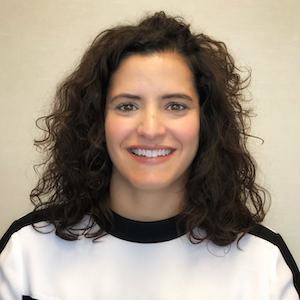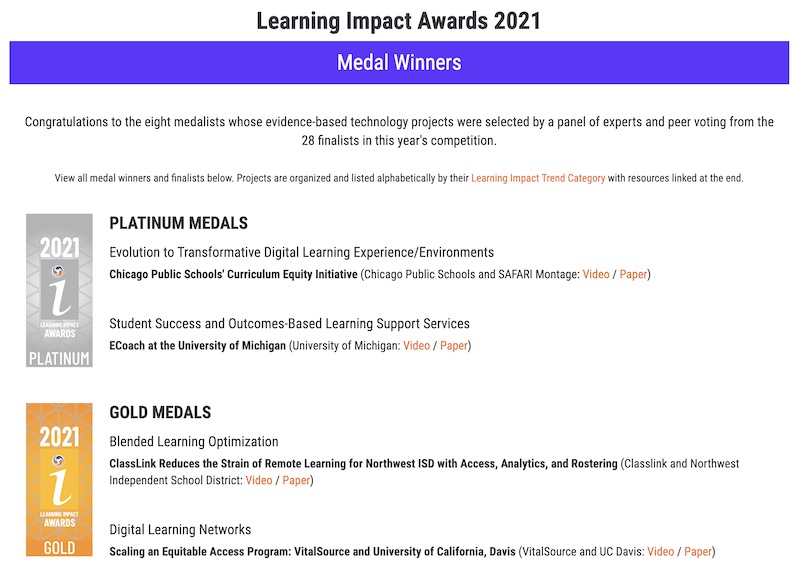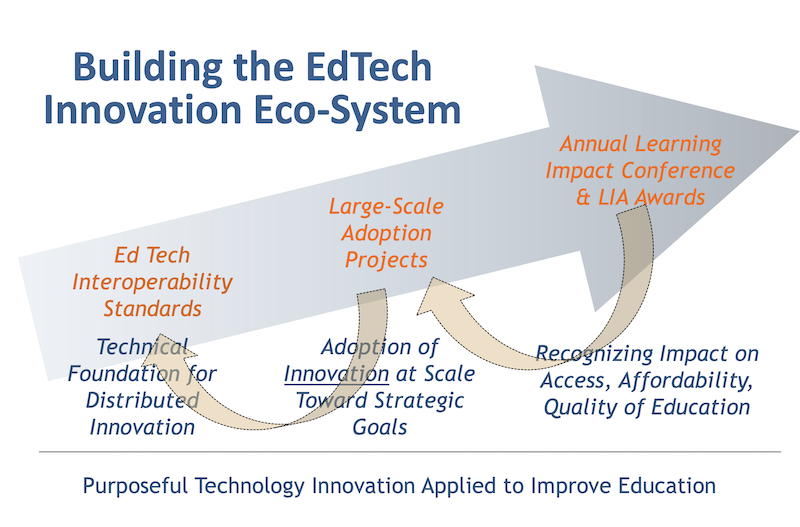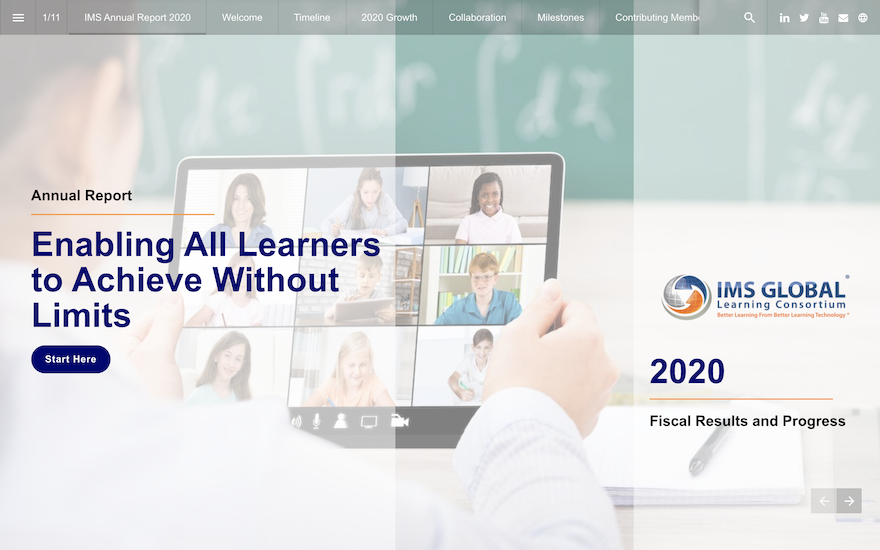
Monica Watts, Director of K-12 Engagement
Let’s Talk About Student Data Privacy
There is no debate that the global pandemic accelerated the adoption of digital resources in K-12. With an increase in digital resources and access, the need for protecting student data privacy and security is even more urgent.
In March of 2021, IMS launched the TrustEd Apps Dashboard to guide your teachers and staff towards secure data use and privacy. Over the last three years, our community has played an integral part in designing a rigorous rubric for vetting an application. Already, IMS has vetted over 5,000+ apps using this IMS community-developed rubric, and of this writing, over 130 products from 65+ different suppliers have earned the TrustEd Apps Seal for Data Privacy Certification. All these applications are easily found in the IMS Product Directory.
TrustEd Apps by the Numbers
→ 5,797 vetted apps in the IMS Product Directory
→ 68 suppliers have achieved the TrustEd Apps Seal
→ Over 35 in the pipeline to earn the Seal
→ 419 non-member/non-1EdTech certified
The TrustEd Apps Dashboard equips your teachers and staff with the knowledge of preferred, approved, and denied applications by the district. Additionally, it provides detailed information on how the application meets the expectations of the rubric. The new TrustEd Apps Dashboard addresses the challenge of vetting applications for data privacy and security. The TrustEd Apps Dashboard integration will launch through an LTI 1.3 certified supplier.
"We need to bring on vendors very quickly and make sure they work within our current ecosystem of technology solutions. IMS TrustEd Apps will help us cut through the backlog of having to vet and approve all of the apps coming in. Now, our academics department and our technology department have a partner to support and streamline our processes so we can get tools into the hands of our students and teachers quicker, while also ensuring their safety."
—Jeff McCoy, Associate Superintendent for Academics, Greenville County Schools
As we prepare to close the school year, now is the time to request access to the TrustEd Apps Dashboard for your teachers available through your membership in IMS. We invite you to contact us about gaining access to this valuable tool. Plus, we recently announced a new preferred partnership with CatchOn to bring TrustEd Apps privacy vetting data directly to teachers and administrators.
For more information on the TrustEd Apps process, please visit trustedapps.org today.

 Rob Abel, Ed.D. | June 2021
Rob Abel, Ed.D. | June 2021



